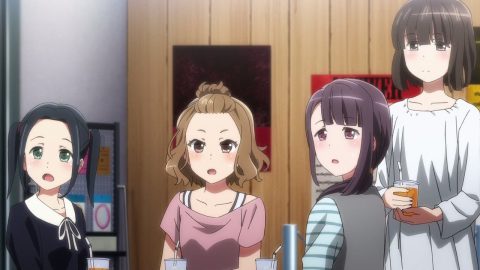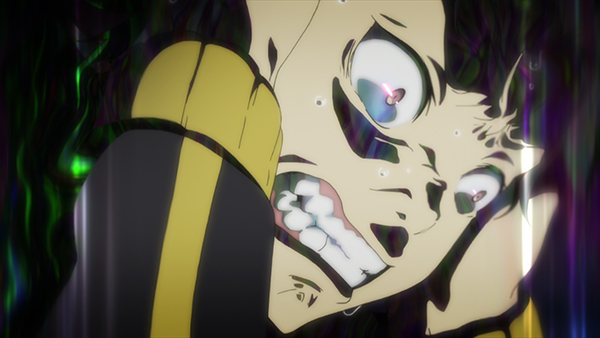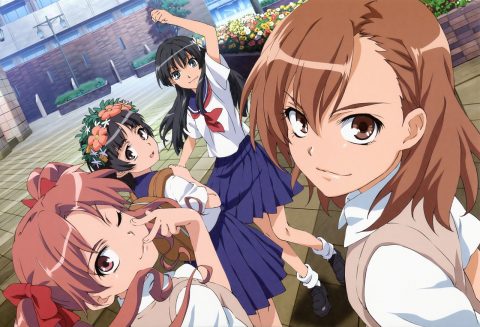Yuuichi, Tenchi, Shiho, Yutori, and Makoto are five high school students enjoying a perfectly normal high school life, when one day they discover that their class's school trip funds have been stolen. This incident leads Yuuichi and his friends to participate in a cruel game called Tomodachi Game, which forces them to suspect each other. Many readers have become enthralled by the completely insane setting and endless, despairing storyline. There are many manga works with similar settings to this one, but perhaps there is no other work like this one, where even the hero and heroine cannot be trusted. So, why did such a traumatic work of mistrust for humanity come about? We would like to dig deeper and introduce the original authors, Yamaguchi Mikoto and Sato Tomoo!
There's a writer and an illustrator
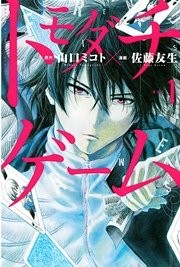
Now, it's not easy to simply introduce the author of this work. This is because there's a writer and an illustrator. Since it's a collaborative work between two manga artists, naturally, we need to focus on these two people to delve deeper into this work.
A common style these days
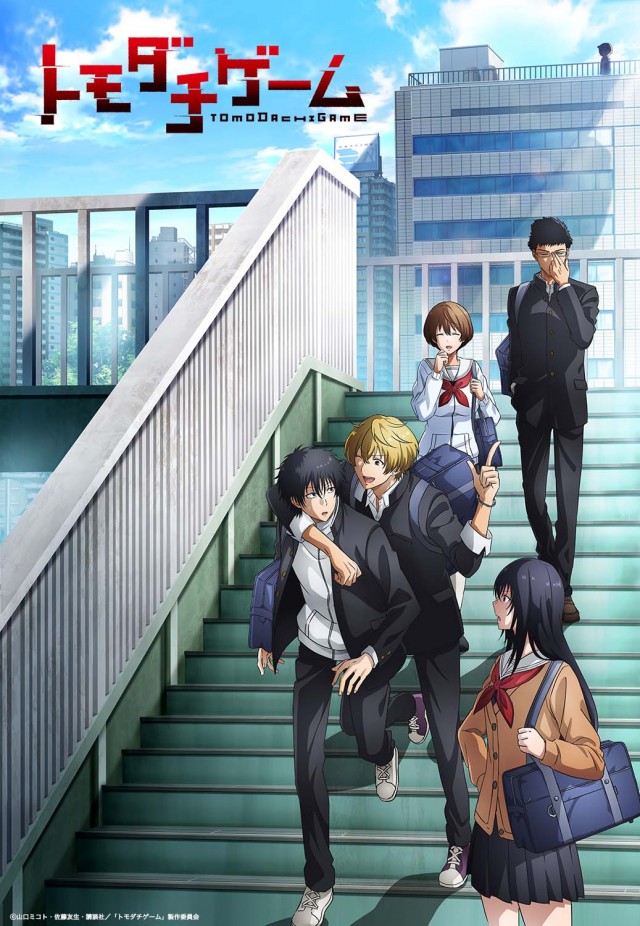
This method of dividing the work between the original author and the illustrator has been gaining attention in recent years, and is being adopted not only in this work but in many other works. Technological advances have dramatically increased the amount of energy expended on manga productions. For this reason, the method of working together to achieve perfection, rather than just one person, has become increasingly popular.
What is an original author?
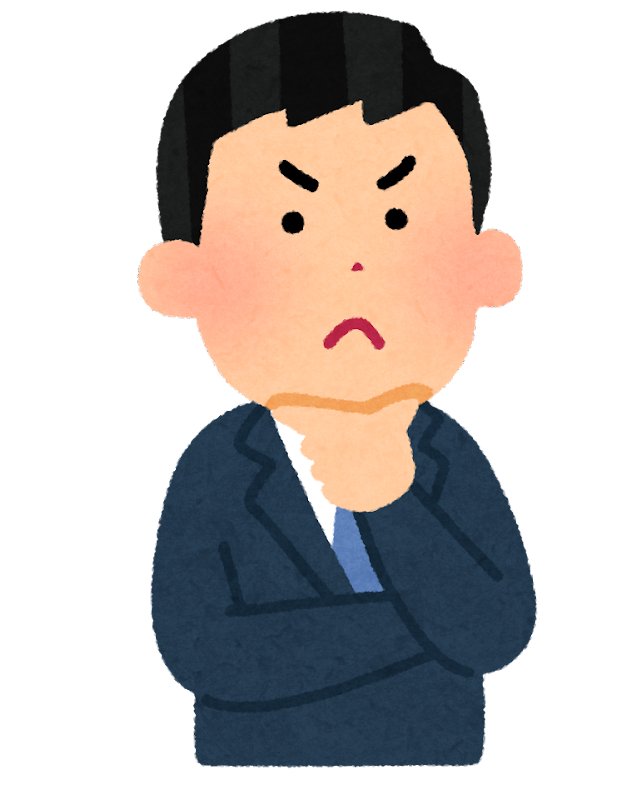
First of all, an original author is the person primarily responsible for determining the story development of a work. Therefore, even if you can't draw, if you have a good story structure, you can still participate in the production of a work as an original author.
What is an illustrator?

In contrast, an illustrator is the one who actually draws the illustrations and creates the finished work. Since an illustrator draws the illustrations directly, their skill is tested on whether they can accurately portray the work as imagined by the original author.
Benefits of Division of Labor
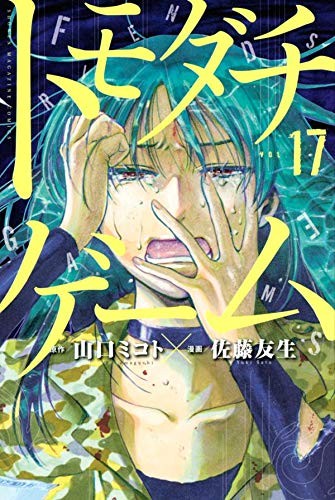
By dividing the labor in this way, the labor required for manga production, which has become enormous in recent years, can be shared more efficiently. Unlike works from a generation ago, current works are all relatively high-quality, so by dividing the labor in this way, more efficient and superior works can be produced.
Introducing Mikoto Yamaguchi
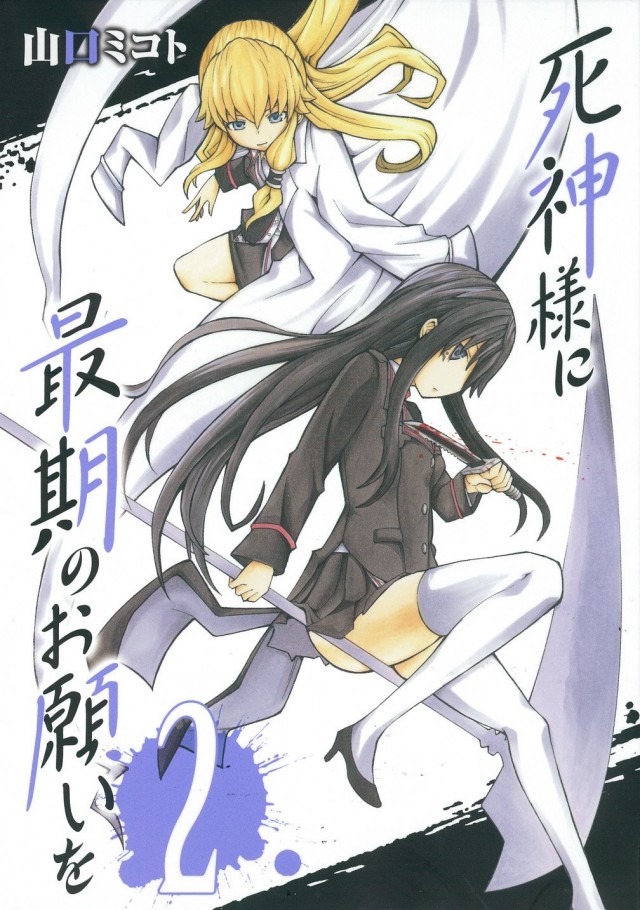
Now, let's introduce Mikoto Yamaguchi, the original author of this work. She's the one responsible for the series' appealing, exciting plot developments, including the bizarre story progression and stimulating character interactions, so it's definitely worth getting to know more about Yamaguchi.
Many of his works are also drawn by him.
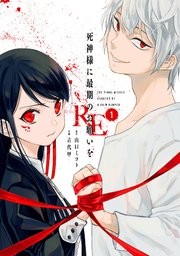
While Yamaguchi is not the original author this time, he does have many works he has illustrated himself. If you like the story and characters of this work but feel like the art doesn't quite fit, why not take a look at some of his artwork?
Also on Twitter

Yamaguchi also actively posts on Twitter. He tweets a wide range of topics, from his confidence in his work to short anecdotes, so if you're interested, be sure to check it out. Many manga artists besides Yamaguchi use Twitter, so if you follow artists in your genre, you can regularly check information about the works you're interested in.
Follow us if you're interested in more Tomodachi Game content
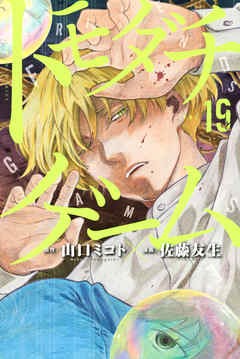
Yamaguchi's Twitter account is currently primarily dedicated to Tomodachi Game content. Naturally, it also posts information about the anime adaptation, so fans who can't wait to see the anime should definitely follow him.
"One Last Wish Upon Grim Reaper"
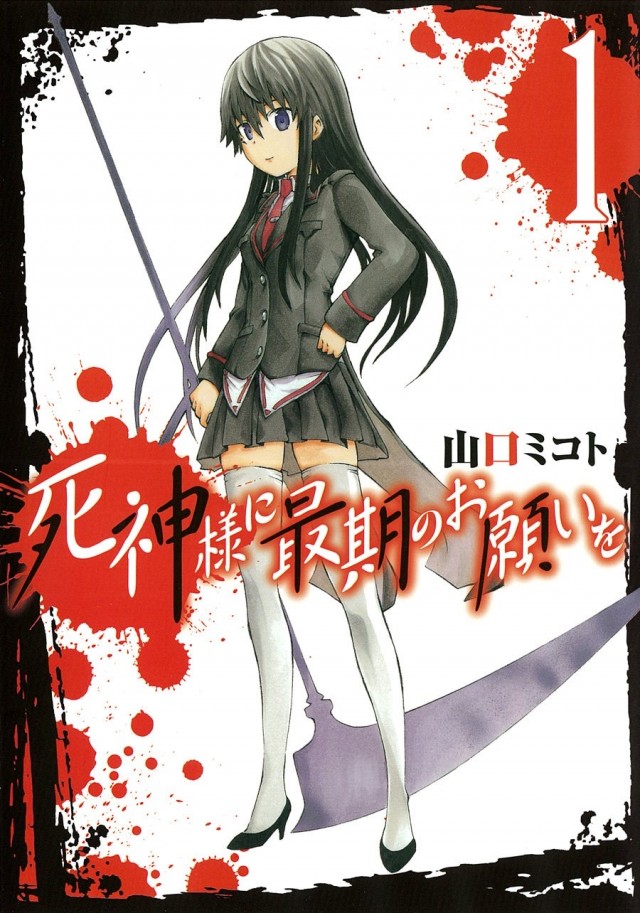
If you're interested in Yamaguchi's work, I recommend reading "One Last Wish Upon Grim Reaper." It's not too long, so I think it's a good read to enjoy while you wait for the Tomodachi Game anime to be released. Before this work was announced, it was considered Yamaguchi's masterpiece, so if you're interested, be sure to check it out.
In any case, keep an eye out for more!
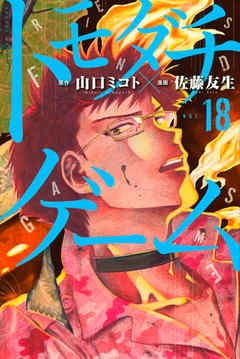
In any case, Yamaguchi is a manga artist with a promising future. Among the many works he has been involved in, this work, "Tomodachi Game," is particularly polished, and I believe the excellent story development is a testament to Yamaguchi's skill as an author. I hope he continues to produce manga with thrilling plots like this one.
Introducing Tomoo Sato
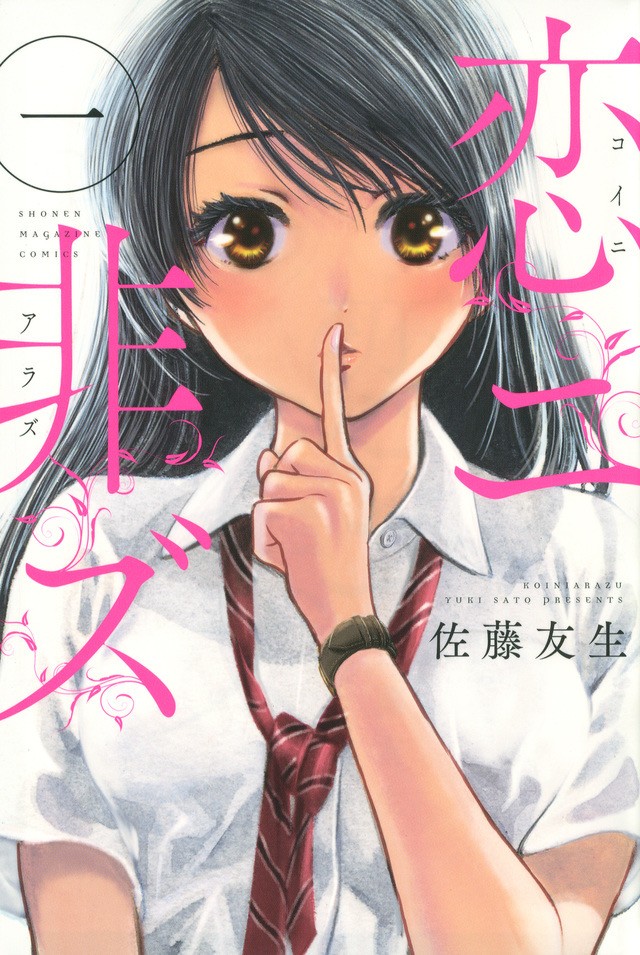
Next, we'll introduce Sato, the illustrator of this work. Readers of this work will no doubt appreciate the indescribably brutal expressions of the villainous characters and the overwhelming power of his depiction, which allows him to faithfully depict Yamaguchi's complex storyline without misinterpreting it. Let's take a look at this noteworthy manga artist, Tomoo Sato.
Female Manga Artist
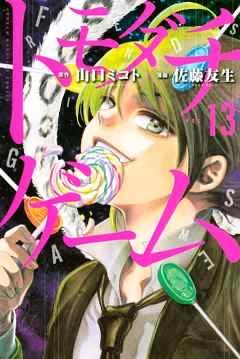
First of all, please note that this work is by a female manga artist. Readers of this series may be surprised to learn that the illustrator, Sato, is a female manga artist. I'm one of them, but I'm sure many of you thought it was drawn by a man.
Hajime Isayama was a former assistant!!
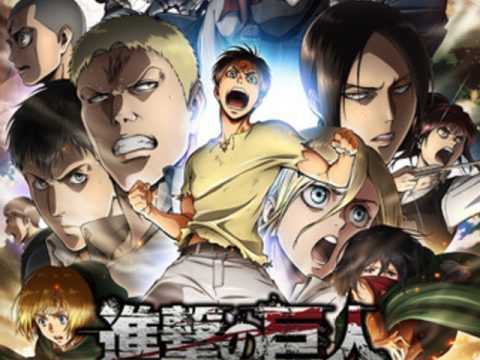
There's even more surprising information. Hajime Isayama, the creator of the hugely popular Attack on Titan, was originally Sato's assistant. Isayama is a genius manga artist who rose to fame thanks to the serialization of Attack on Titan. It's surprising to learn that Isayama honed his skills as an assistant to Sato during his early years.
Was it a major influence on Attack on Titan?!
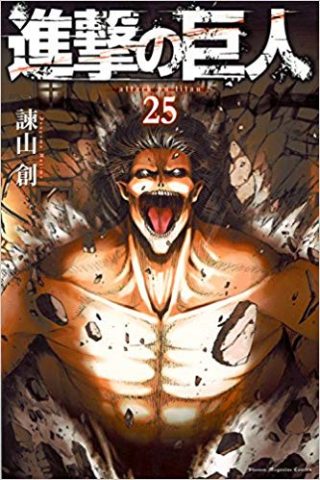
Naturally, when working as an assistant, the assistant grows by learning from the techniques of the person they are assisting. Therefore, the type of manga artist an assistant works under can have a significant impact on their future career as a manga artist. Considering this, it's safe to say that Sato-sensei, the author of this work, has influenced the hugely popular "Attack on Titan" in some way.
Let's Read "The Yokai Doctor"
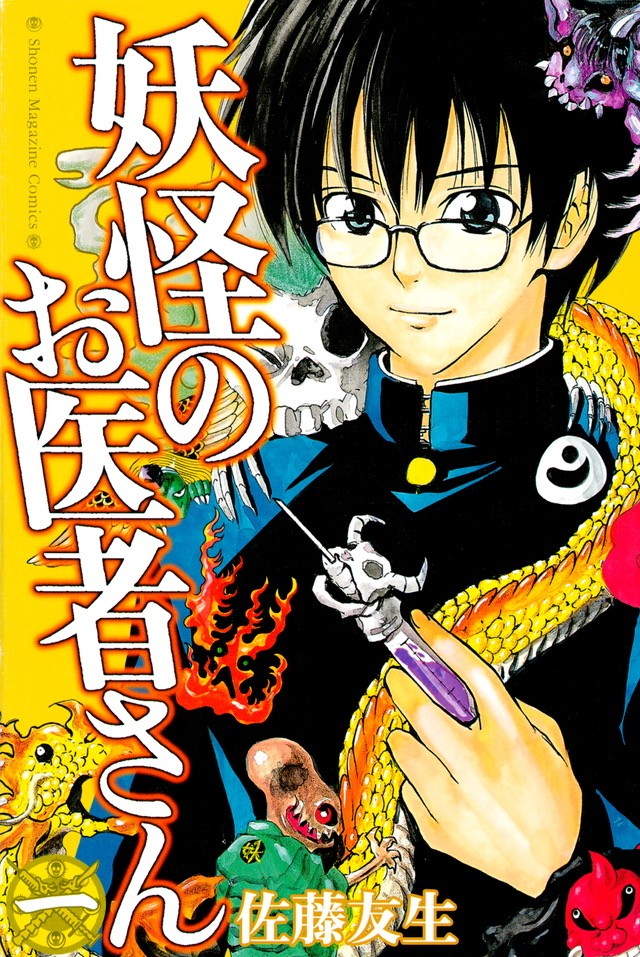
Among the works by Sato, who is one of the people who influenced "Attack on Titan," my most recommended work is "The Yokai Doctor." This work was regarded as Sato's masterpiece until "Tomodachi Game" was released, so readers who want to know what kind of manga artist Sato is as a standalone artist should definitely check out this work.
Exploring Similarities with Attack on Titan
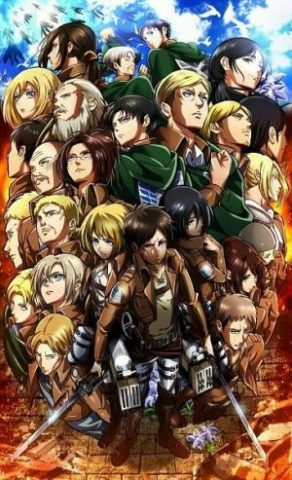
Now, I'd like to introduce the similarities between this work and "Attack on Titan," a work drawn by Isayama, who worked as an assistant to Sato, who is involved in this work. Digging deeper, we can find many similarities, so please enjoy comparing these two works.
How to Draw Characters
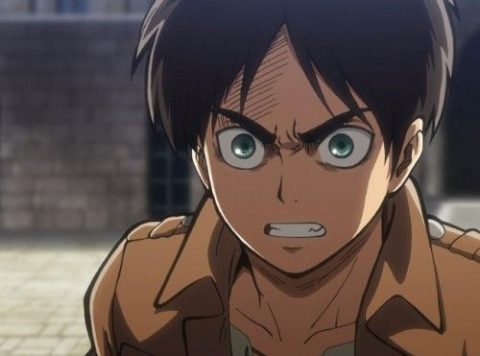
First and foremost, the characters are drawn in a way that is unique to both Tomodachi Game and Attack on Titan. In both works, every character has a dark past and negative emotions. The way these characters, each with their own dark side, interact with one another in the story, driving the story forward, is a common thread between Isayama's work and this one.
Character Emotional Expressions
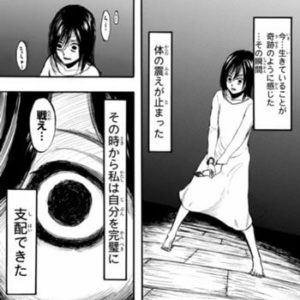
And what's most similar is the way he depicts a character who has been suppressing negative emotions, but then something about them breaks and they suddenly come flooding out. His ability to portray characters who are not insane, but simply unable to believe the current situation, is something that Isayama likely inherited from Sato, and can be seen frequently in his works.
Madness Unexplained in Words
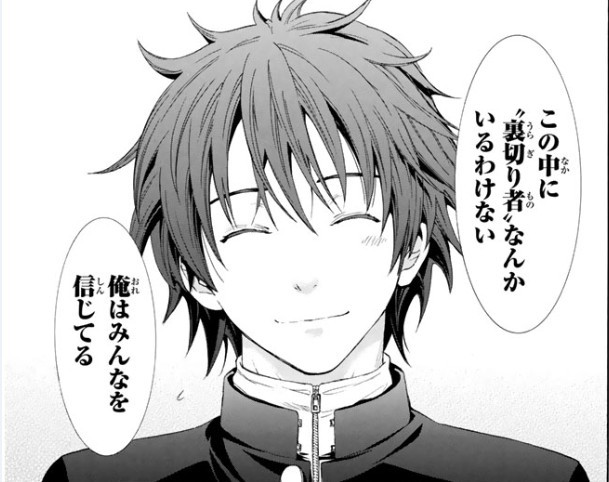
In this way, both Tomodachi Game and Attack on Titan focus on expressing characters' madness and negative emotions through their illustrations, without using words to explain them. Like this work, Attack on Titan also has an aspect of a werewolf game, even within the walls. Perhaps the similarities in the drawing styles here are unique to the relationship between Sato and Isayama?
Exploring Attack on Titan through the "Tomodachi Game" Game

As you can see, digging deeper into the relationships between manga artists allows you to gain a deeper understanding of their work. Finding fellow manga artists who continue to have a positive influence on one another, like Isayama and Sato in this case, is an important factor in following a work, so be sure to try and find them for yourself.
Summary
What did you think? This time, we've introduced the original author, Yamaguchi, and the illustrator, Sato. Sato, in particular, has a surprising relationship with a famous manga artist. Speaking of Attack on Titan, the anime adaptation has just finished and is coming to a close. If you've been following the Attack on Titan anime and are looking for the next installment, why not check out this anime adaptation, illustrated by Sato, who has a connection with Isayama?

